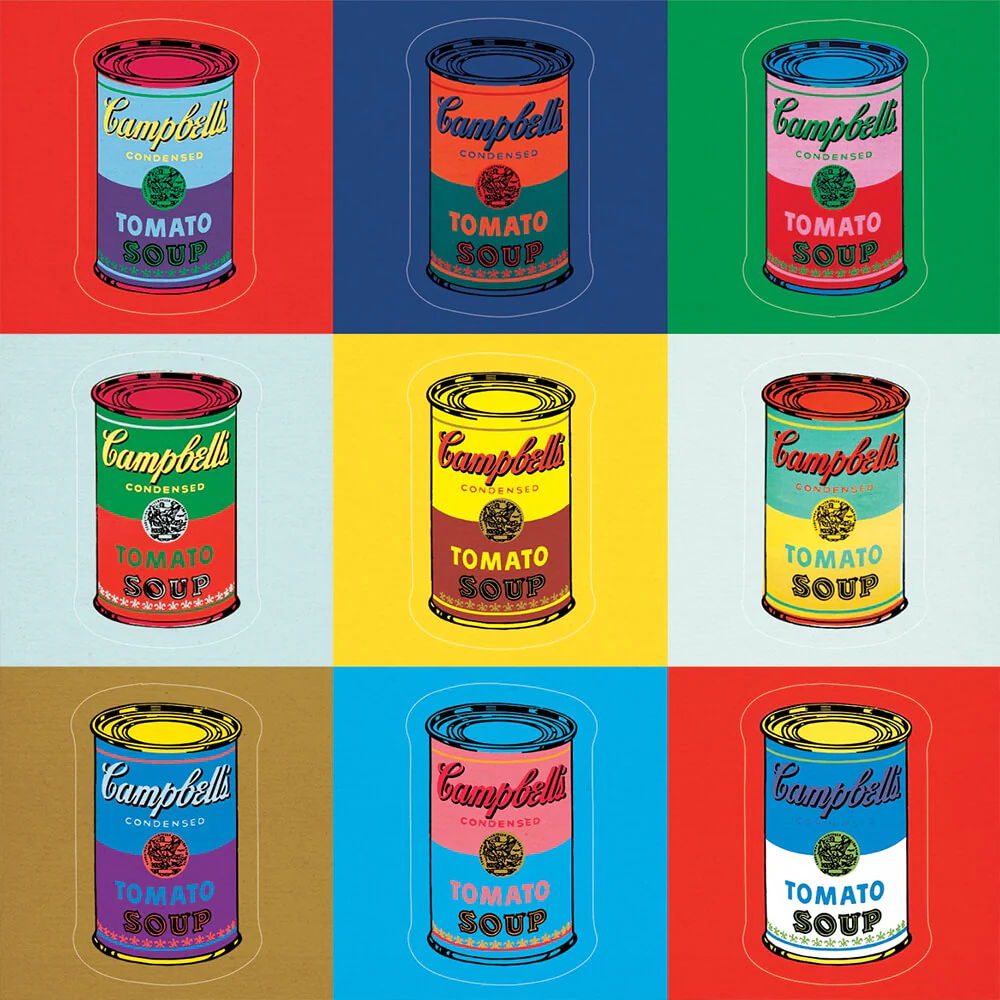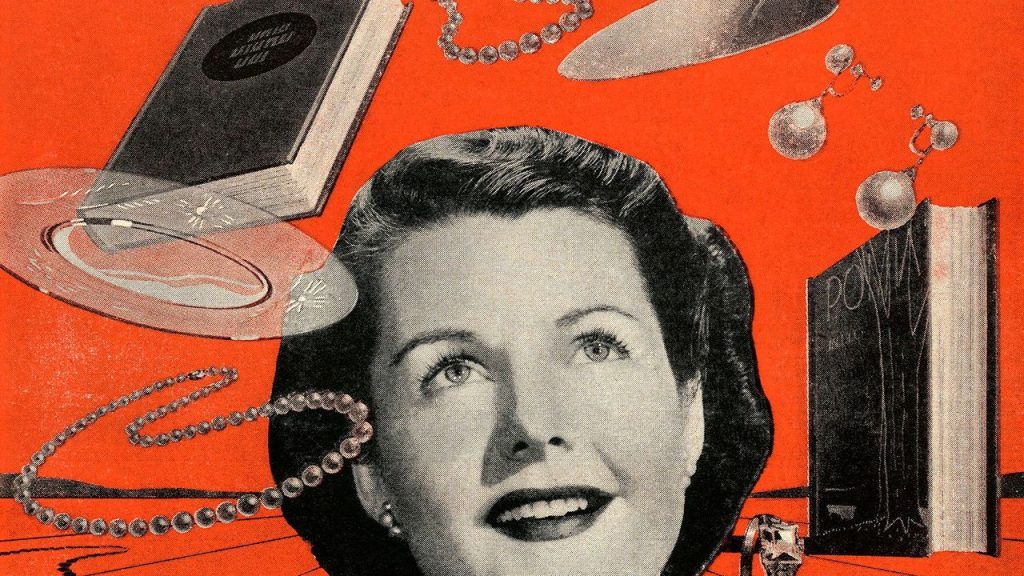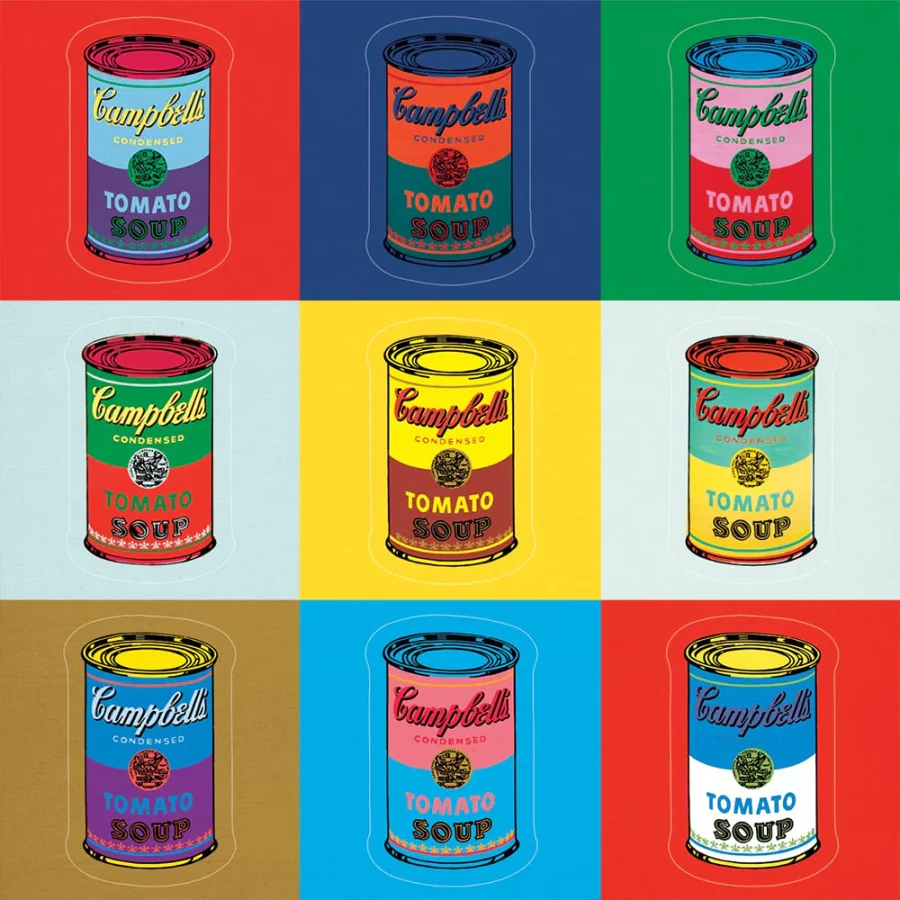
Coined by Max Horkheimer and Theodor Adorno in 1947, “the culture industry” is a term used to describe how media produce and distribute various forms of media as commodities. Essentially, the culture industry is designed to push the forces of American capitalism as opposed to educating and liberalizing its citizens who consume media via outlets within the culture industry. Media within the culture industry is meant to be digestible and enjoyable; it mystifies violence and ignorance at the expense of critical thinking and radicalism. Though the culture industry is quite profitable, only a select demographic of individuals reap the financial freedoms that come with the push of the culture industry, whilst others are in a loop of meticulously designed cycles of consumerism.
The industry of culture is more about business, as opposed to art and the freedoms that come with art that’s authentic, genuine, and personal. Because culture in this sense has become commodified, it is far easier for us as consumers to become commodified as well. I believe we buy, and we’re bought. We buy what we see, and as a result, we see what we buy and, in turn, become a product for major corporations to profit from. Because of the mystification of consumerism, it’s easy to have authenticity be fabricated in a way that influences our imaginations rather than our judgment of reality. Historically, American media has done a fabulous job at bridging our imagination with the realities of life, which alter our perception and our ability to truly assess and think about the things around us.
The culture Industry is a means of control, and when you can control the masses, you can control the message.

With the rise of media and our ever-expanding media consumption habits, social media platforms like TikTok, Instagram, YouTube, X, Snapchat, and more have emerged as a distinct sub-section within the culture industry. These platforms don’t necessarily push media; instead, they promote the consumption of both tangible and intangible items through media.Recently, I’ve noticed a profound impact of our exposure to social media platforms and their users on our speech patterns and, ultimately, our feelings towards various things. Words like “obsessed” and “insane” have become increasingly loathed for me whenever I hear or see them. These words reinforce the notion of performative authenticity when we encounter something tangible that we’re conditioned to believe is enjoyable. However, most of these consumer items aren’t worth obsessing over, and they’re not truly “insane” in the grand scheme of things.American capitalism often promotes mediocrity on a silver platter, designed to entice consumers. Consequently, we as a society are exposed to a false sense of satisfaction through the media we consume and the reactions we see to these material items and commodities.I’ve discovered that one of the most effective ways to organize a collective group or thought is through repetition. This is likely why we hear so many of our counterparts using certain words to describe something, regardless of whether the word is appropriate or not. It’s because we’re constantly subjected to these phrases and fabricated feelings through repetitive formatting on social media.
In conclusion, the Culture Industry extends beyond pop culture and the notion of Media as objects we can engage with. It’s a business that aims to suppress, oppress, and fabricate at the expense of our critical thinking and awareness of our surroundings. Media can be used to disseminate various information, enabling people to be organized in a manner that encourages excessive consumption.


I enjoyed this article a lot! I think that the consumer as a concept is so intertwined with American capitalism and social media plays a large part of this. It is very hard to find genuine media that is there for artistic purposes and enjoyment versus product placement and promoting cheap or simple messages.